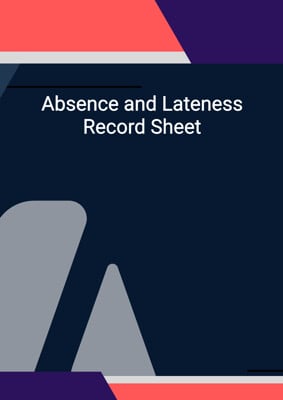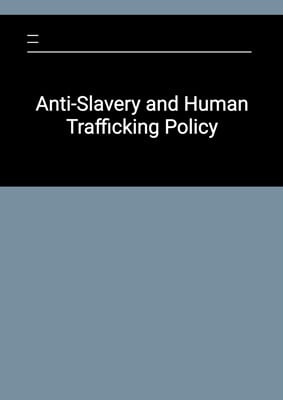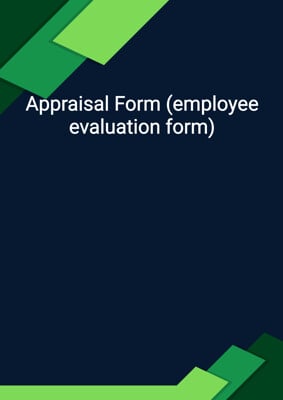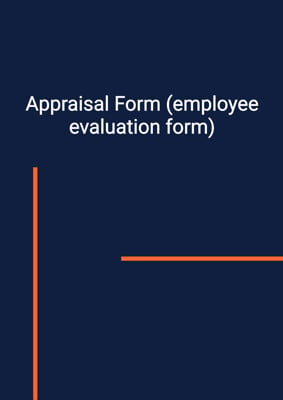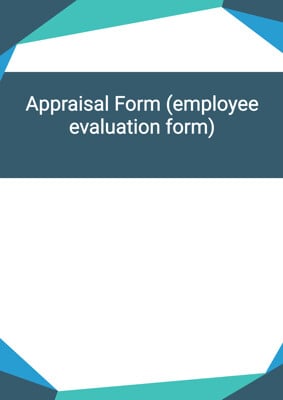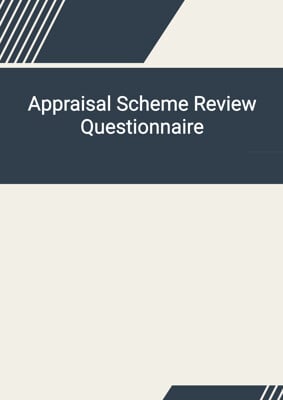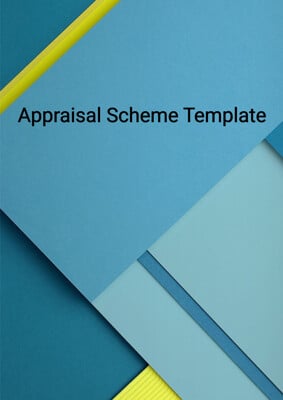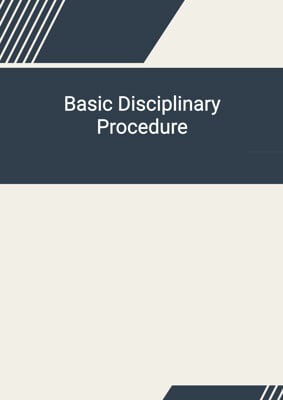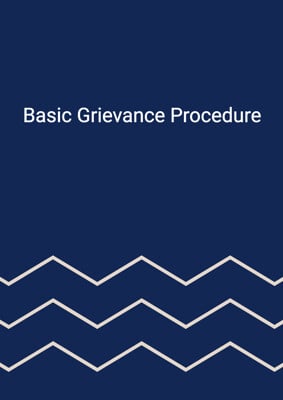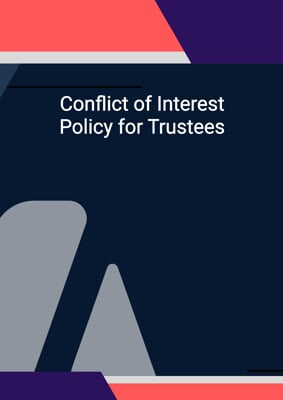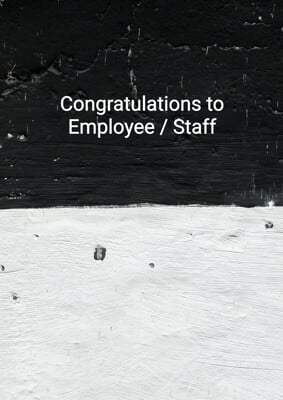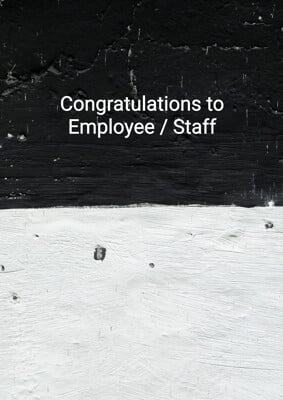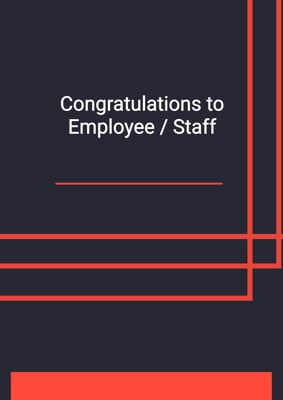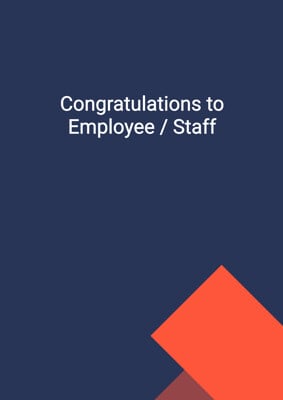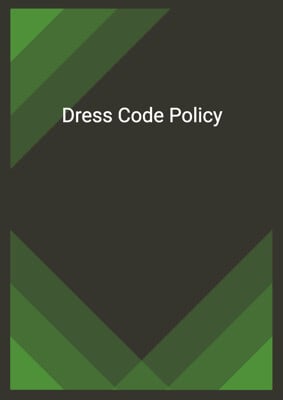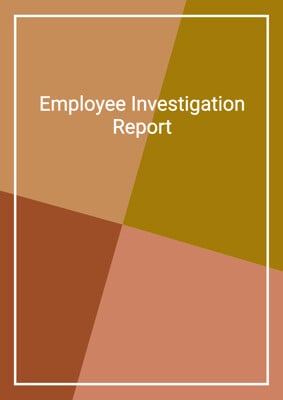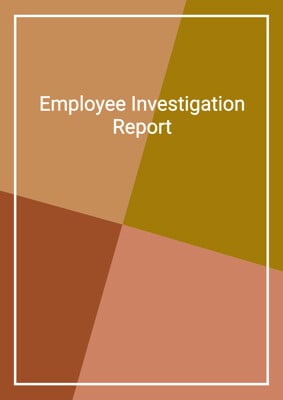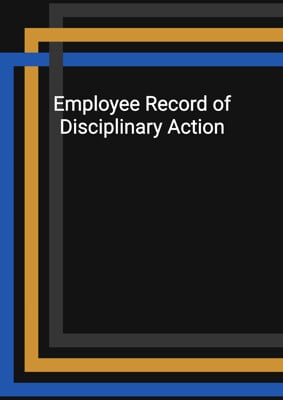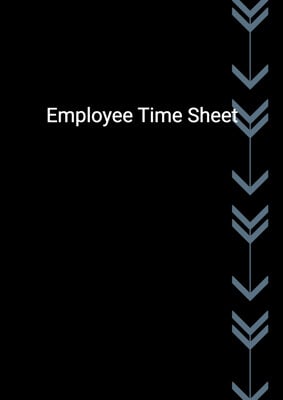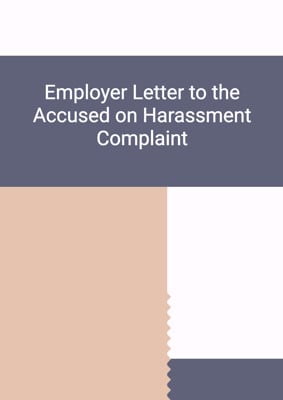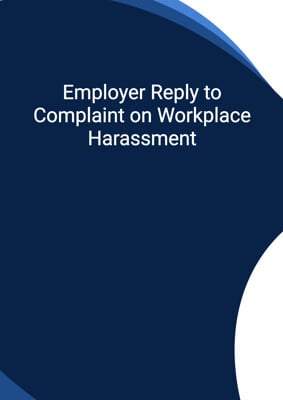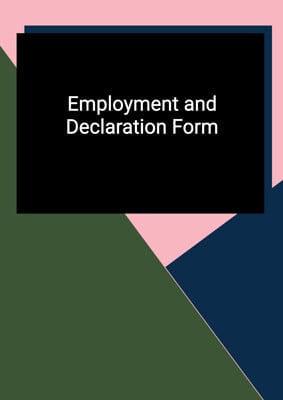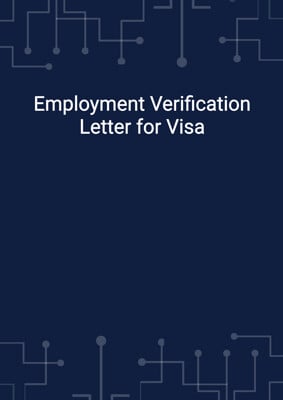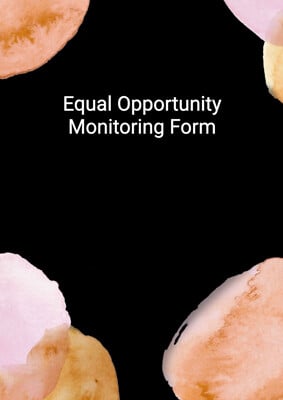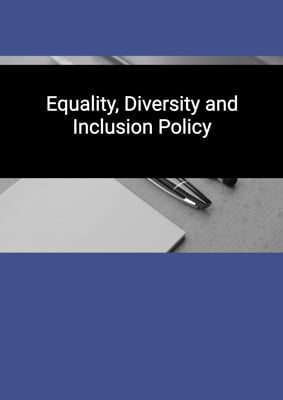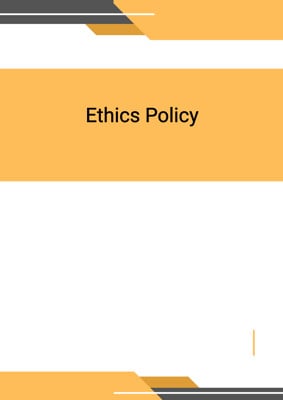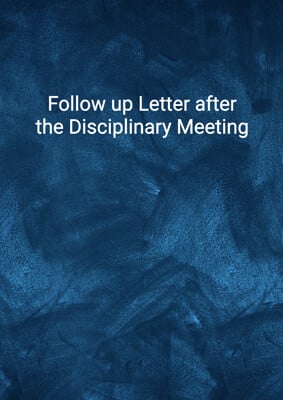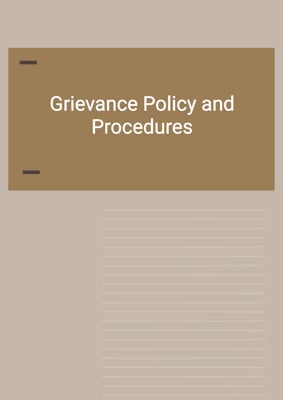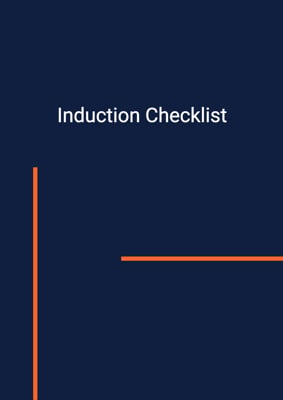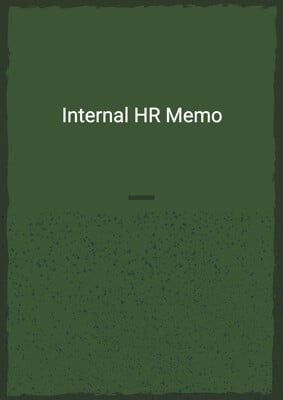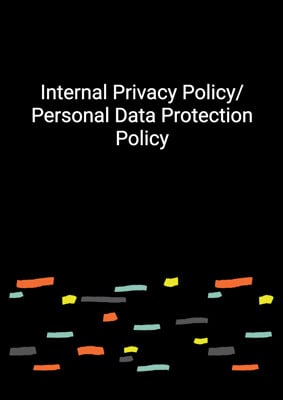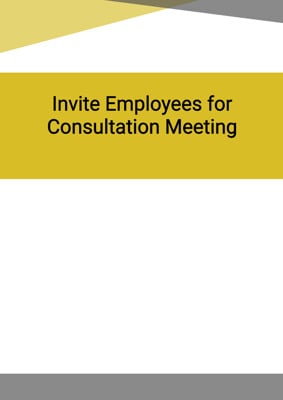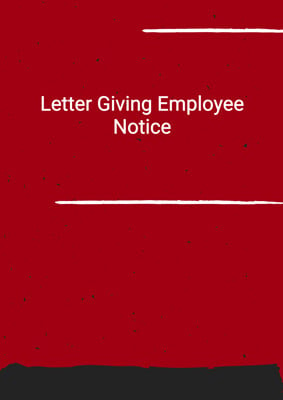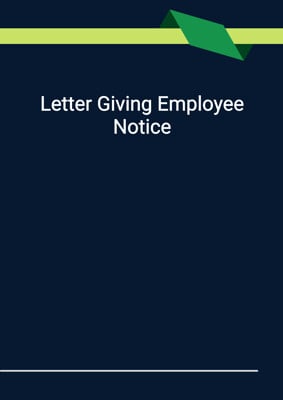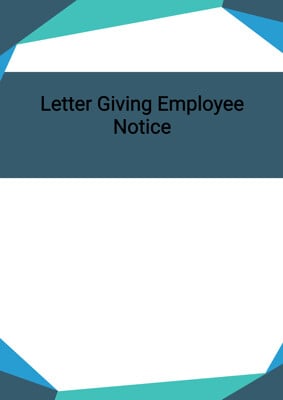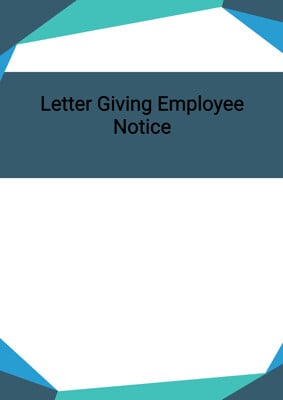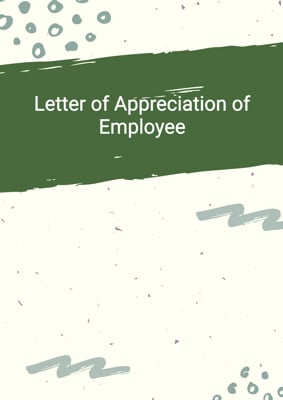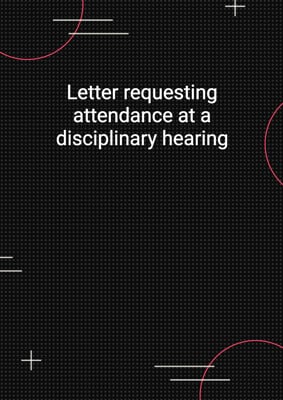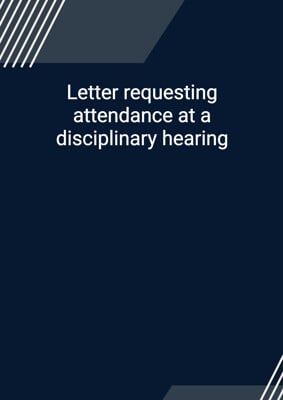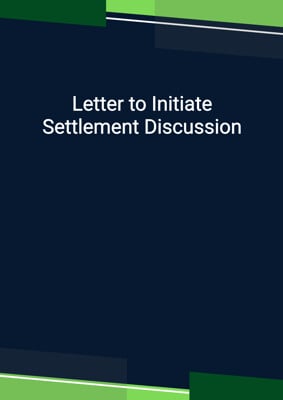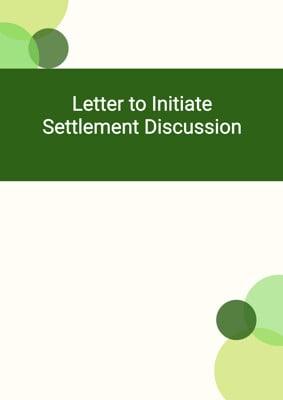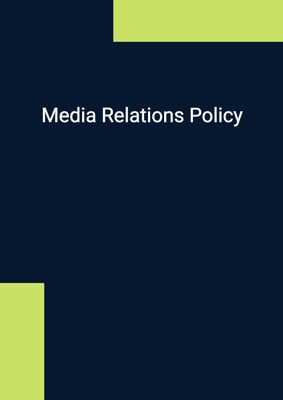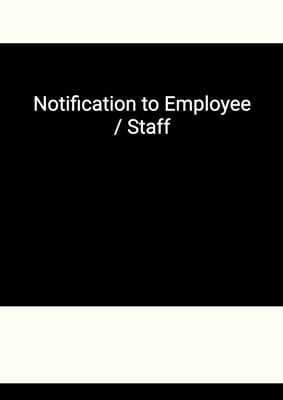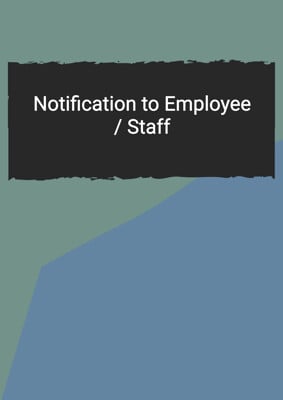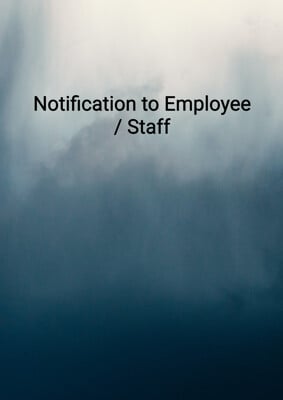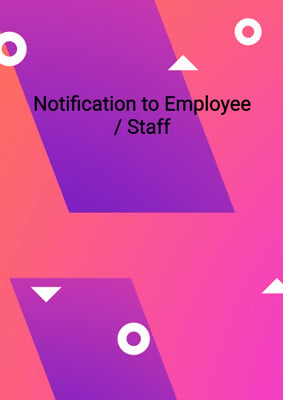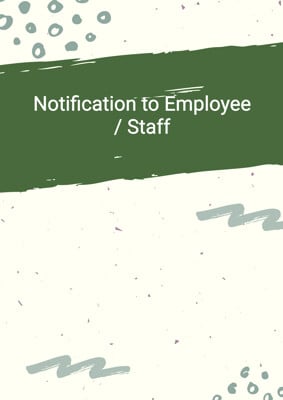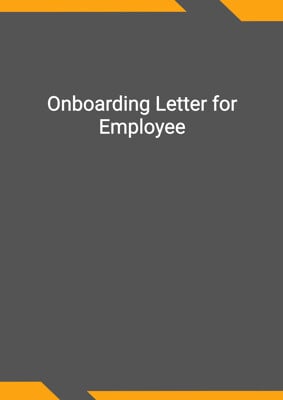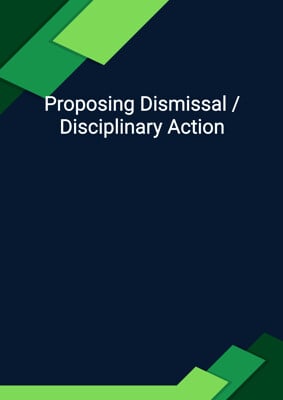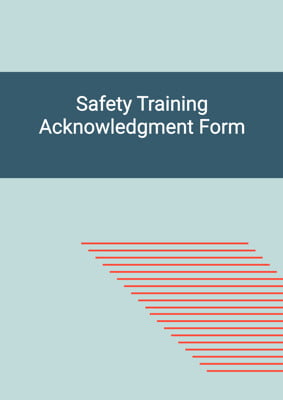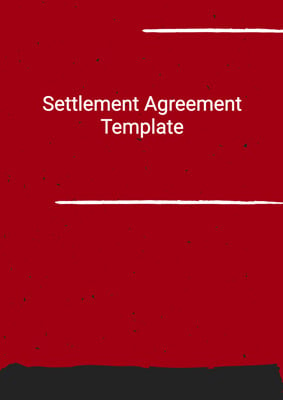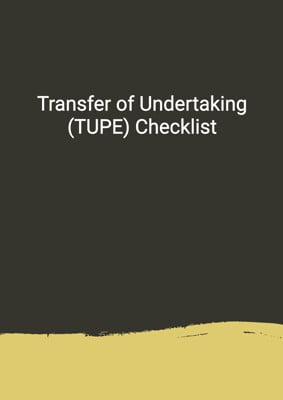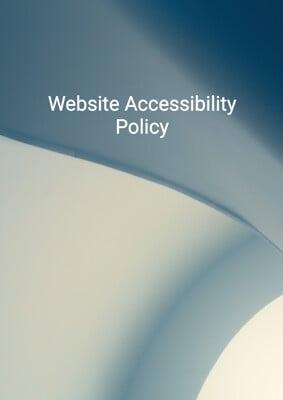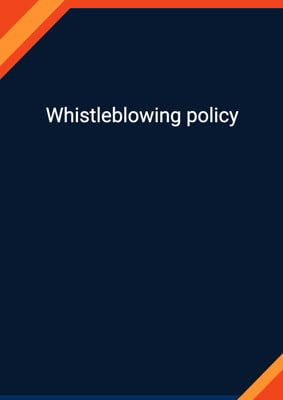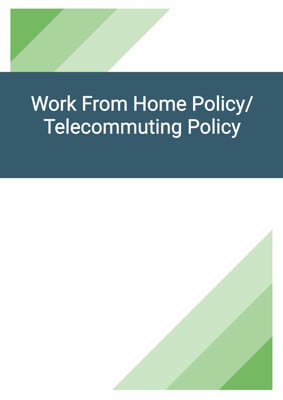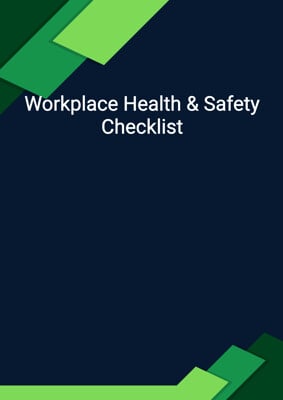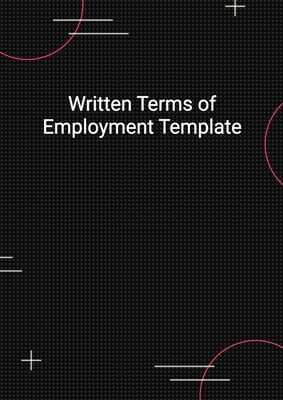How to Tailor the Document for Your Need?
01
Create Document
Click "Create Document" button and the document will be prepared with your account details automatically filled in.
02
Fill Information
Please fill in any additional information by following the step-by-step guide on the left hand side of the preview document and click the "Next" button.
03
Get Document
When you are done, click the "Get Document" button and you can download the document in Word or PDF format.
04
Review Document
Please review the document carefully and make any final modifications to ensure that the details are correct before publication / distribution.
Document Preview
Document Description
The Employee Investigation Plan is a crucial document that outlines the process and procedures for conducting an investigation into an employee's conduct or actions. This document serves as a guide for the investigator and provides a detailed roadmap for the entire investigation.
The document begins with a brief introduction, highlighting the importance of conducting a thorough investigation to ensure fairness and transparency. It emphasizes the need to gather all relevant evidence and interview key individuals to obtain a comprehensive understanding of the situation.
The Employee Investigation Plan is divided into several sections, each serving a specific purpose. The 'Department' section identifies the department under investigation and provides relevant details such as the department name and employee number. This section helps establish the context of the investigation.
The 'Investigator' section specifies the name of the investigator responsible for conducting the investigation. This ensures accountability and clarity regarding the person in charge of gathering evidence and interviewing witnesses.
The 'Terms of Reference' section outlines the scope and objectives of the investigation. It defines the specific issues that need to be explored and clarified during the investigation process. This section helps set clear expectations and ensures that the investigation stays focused.
The 'Provisional Time-Frame' section provides an estimated timeline for completing the investigation. It helps establish deadlines and ensures that the investigation is conducted in a timely manner. This section also allows for proper planning and allocation of resources.
The 'Policies and Procedures to Review and Follow' section outlines the specific policies and procedures that the investigator must adhere to during the investigation. This ensures that the investigation is conducted in accordance with the organization's guidelines and legal requirements.
The 'Issues that Need to be Explored/Clarified' section lists the specific issues or allegations that need to be addressed during the investigation. This section helps guide the investigator's line of inquiry and ensures that all relevant aspects are thoroughly examined.
The 'Sources of Evidence to be Collected' section identifies the various sources from which evidence will be gathered. This may include documents, emails, CCTV footage, or any other relevant sources. This section helps ensure that all available evidence is collected and considered during the investigation.
The 'Persons to be Interviewed' section lists the individuals who will be interviewed as part of the investigation. It may include witnesses, complainants, or other relevant parties. This section also specifies the planned order of interviews, which helps streamline the investigation process.
The 'Investigation Meetings Further Arrangements' section provides details about any scheduled investigation meetings, including the date, time, and location. It also mentions any specific instructions, such as taking notes during the meetings. This section helps ensure that all necessary arrangements are made for conducting effective and productive meetings.
The 'Persons to Supply Own Statement' section identifies individuals who are required to provide their own written statements regarding the incident or situation under investigation. This section helps gather additional evidence and perspectives from those directly involved.
The 'Investigation Meetings to be Completed By' section specifies the deadline for completing all investigation meetings. This ensures that the investigation progresses in a timely manner and avoids unnecessary delays.
The 'Collection of Evidence to Have Been Completed By' section sets a deadline for collecting all evidence related to the investigation. This ensures that all relevant evidence is gathered and considered before reaching any conclusions or making decisions.
The 'Further Considerations' section provides space for any additional considerations or notes that may be relevant to the investigation. This section allows for flexibility and ensures that any unique circumstances or factors are taken into account.
In conclusion, the Employee Investigation Plan is a comprehensive document that plays a crucial role in conducting a fair and thorough investigation. It provides a detailed introduction and outlines each section's purpose, ensuring that all aspects of the investigation are covered and properly addressed.
How to use this document?
1. Identify the department under investigation by filling in the relevant details such as the department name and employee number. This helps establish the context of the investigation.
2. Specify the name of the investigator responsible for conducting the investigation. This ensures accountability and clarity regarding the person in charge of gathering evidence and interviewing witnesses.
3. Clearly define the scope and objectives of the investigation in the 'Terms of Reference' section. This helps set clear expectations and ensures that the investigation stays focused.
4. Provide an estimated timeline for completing the investigation in the 'Provisional Time-Frame' section. This helps establish deadlines and ensures that the investigation is conducted in a timely manner.
5. Familiarize yourself with the organization's policies and procedures outlined in the 'Policies and Procedures to Review and Follow' section. Adhere to these guidelines to ensure that the investigation is conducted in accordance with the organization's standards.
6. List the specific issues or allegations that need to be addressed in the 'Issues that Need to be Explored/Clarified' section. This will guide your line of inquiry and ensure that all relevant aspects are thoroughly examined.
7. Identify the various sources from which evidence will be collected in the 'Sources of Evidence to be Collected' section. Gather all available evidence, such as documents, emails, or CCTV footage, to support your investigation.
8. Prepare a list of individuals who need to be interviewed as part of the investigation in the 'Persons to be Interviewed' section. Plan the order of interviews to streamline the investigation process.
9. Make necessary arrangements for any scheduled investigation meetings mentioned in the 'Investigation Meetings Further Arrangements' section. Take notes during the meetings to ensure accurate documentation.
10. Request individuals involved in the incident or situation to provide their own written statements in the 'Persons to Supply Own Statement' section. This will gather additional evidence and perspectives.
11. Ensure that all investigation meetings are completed by the deadline specified in the 'Investigation Meetings to be Completed By' section. This will help maintain momentum and avoid unnecessary delays.
12. Collect all evidence related to the investigation by the deadline mentioned in the 'Collection of Evidence to Have Been Completed By' section. Consider all relevant evidence before reaching any conclusions or making decisions.
13. Take into account any additional considerations or notes in the 'Further Considerations' section. These may include unique circumstances or factors that need to be considered during the investigation.
Follow these steps to effectively use the Employee Investigation Plan and conduct a fair and thorough investigation.
Not the right document?
Don’t worry, we have thousands of documents for you to choose from:

